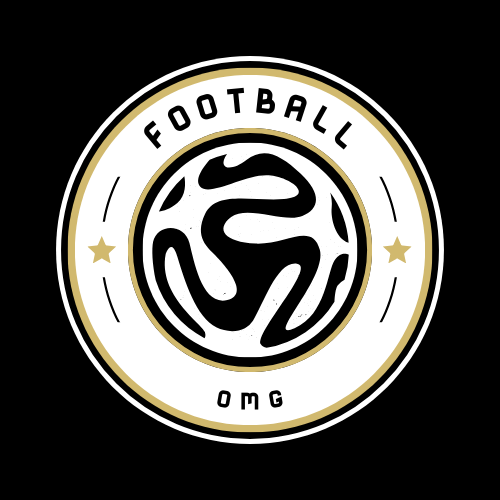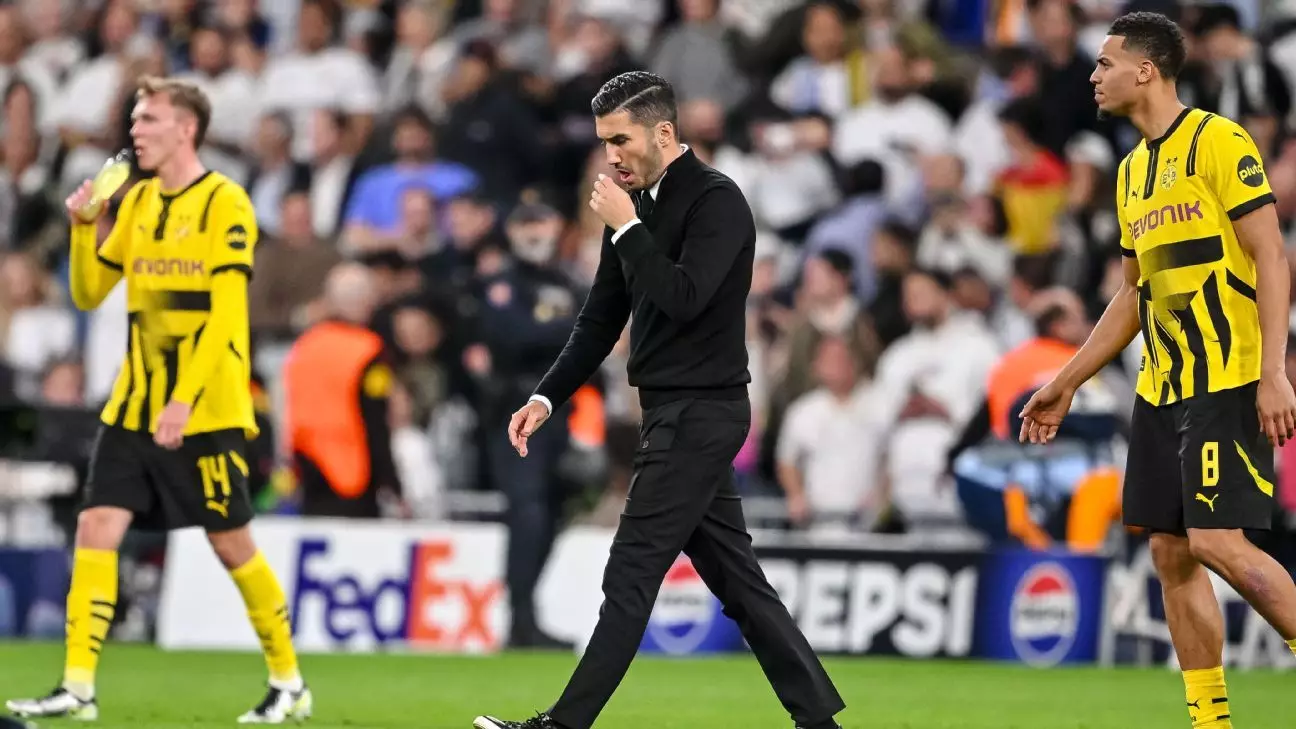In the world of football, few narratives are as compelling as that of a team’s rise and fall. Borussia Dortmund’s recent defeat against Real Madrid in the Champions League exemplifies this phenomenon, illustrating the disparity between their historical prestige and their present vulnerabilities. It is crucial to examine the nuances of their performance, delving beyond the simple narrative of loss to understand the underlying tactical issues besetting the club.
Dortmund’s match strategy has, at times, oscillated between brilliance and bewilderment. Their initial form in the first half against Madrid demonstrated a squad capable of playing fluid, attacking football, as they employed a 4-2-3-1 formation with great success. This configuration allowed for quick passing sequences and superior ball retention, leading to two glorious goals that suggested they might inflict more damage on their opponents. However, the inevitable shift to a more defensive 5-4-1 formation was a pivotal mistake, effectively inviting pressure from Madrid.
The substitution of Jamie Gittens for Waldemar Anton is a particularly telling move. Transferring to a defensive setup while simultaneously removing a key offensive player sent a clear signal of capitulation. Fans and pundits alike were left questioning the rationale behind Şahin’s decisions. The long-term implications of ignoring pressing questions of tactical flexibility are glaring – teams like Dortmund cannot afford to underestimate their opponents, especially ones with Madrid’s caliber.
A deeper analysis reveals Dortmund’s current distress in away games. With three consecutive losses on their travels and twelve goals conceded, the team is grappling with its identity. The inconsistency is further highlighted by their contrasting performances at home, where they maintain an unblemished statistical record. However, those who have observed the team closely recognize that the quality of play often falls short of desired standards. A lack of coherent strategy has left the squad in a perpetual state of flux, making their upcoming match against FC Augsburg critical for restoring confidence.
Coaching dynamics also play a significant role in Dortmund’s struggles. While Şahin, as Terzić’s precursor, has shown flashes of promise, the disparity between his tactical approach and the overarching needs of the team looms large. Players are often left bewildered, undermining the cohesive unit required to thrive in high-stakes matches. The blame cannot solely fall upon Şahin, as the lingering holes in the roster have existed long before his appointment. This presents an ongoing challenge for the management duo of Lars Ricken and Sebastian Kehl, whose transfer strategies have deviated from the successful models of rival clubs.
Dortmund’s storied past serves as both a source of inspiration and pressure. The club was once able to identify and nurture young talent, allowing players like Erling Haaland and Jude Bellingham to shine brightly before their transfers to other leagues. Yet, the current approach appears muddled at best, lacking the finesse that previously characterized their recruiting strategies. The echoes of historical achievements loom large, dictating the expectation that Dortmund should always be competitive on the European stage, yet their reality paints a different picture.
This was starkly illustrated in the aftermath of their heavy loss, which culminated in an anxious monologue by Matthias Sammer during a live broadcast. Sammer, a figure laden with historical gravitas, expressed his disappointment while urging the team to regain the pride associated with being a Dortmund player. This was not merely an emotional outburst; it highlighted the overarching sense of urgency gripping the club. With each passing match, the need for a revitalizing miracle becomes more apparent—it is not just about rebuilding; it is about rediscovering an identity synonymous with success.
As Dortmund navigates their internal strife, other clubs such as Stuttgart and Bayern Munich bask in contrasting fortunes. Stuttgart’s recent victory against Juventus illustrates that success is still achievable for German clubs, provided they remain resolute in their tactics and player management. Meanwhile, Bayern Munich, despite their heavy defeat against Barcelona, exhibits that even the giants can experience fluctuations.
The ability of clubs to adapt tactically while maintaining a competitive edge is paramount. As Dortmund grapples with its identity and strategic misalignments, clubs like Leipzig tread water, yet their resilience against pressured defenses points to the possible future of tactical evolution within the Bundesliga.
Borussia Dortmund is at a crossroads, torn between aspiration and reality. The path toward redemption lies not only in tactical adjustments but in a holistic reevaluation of their philosophy. Only time will reveal if they can conjure the fortitude necessary to transform a season of turmoil into one of triumph. The journey ahead demands both introspection and innovation as they strive to reclaim their place as giants of European football.

